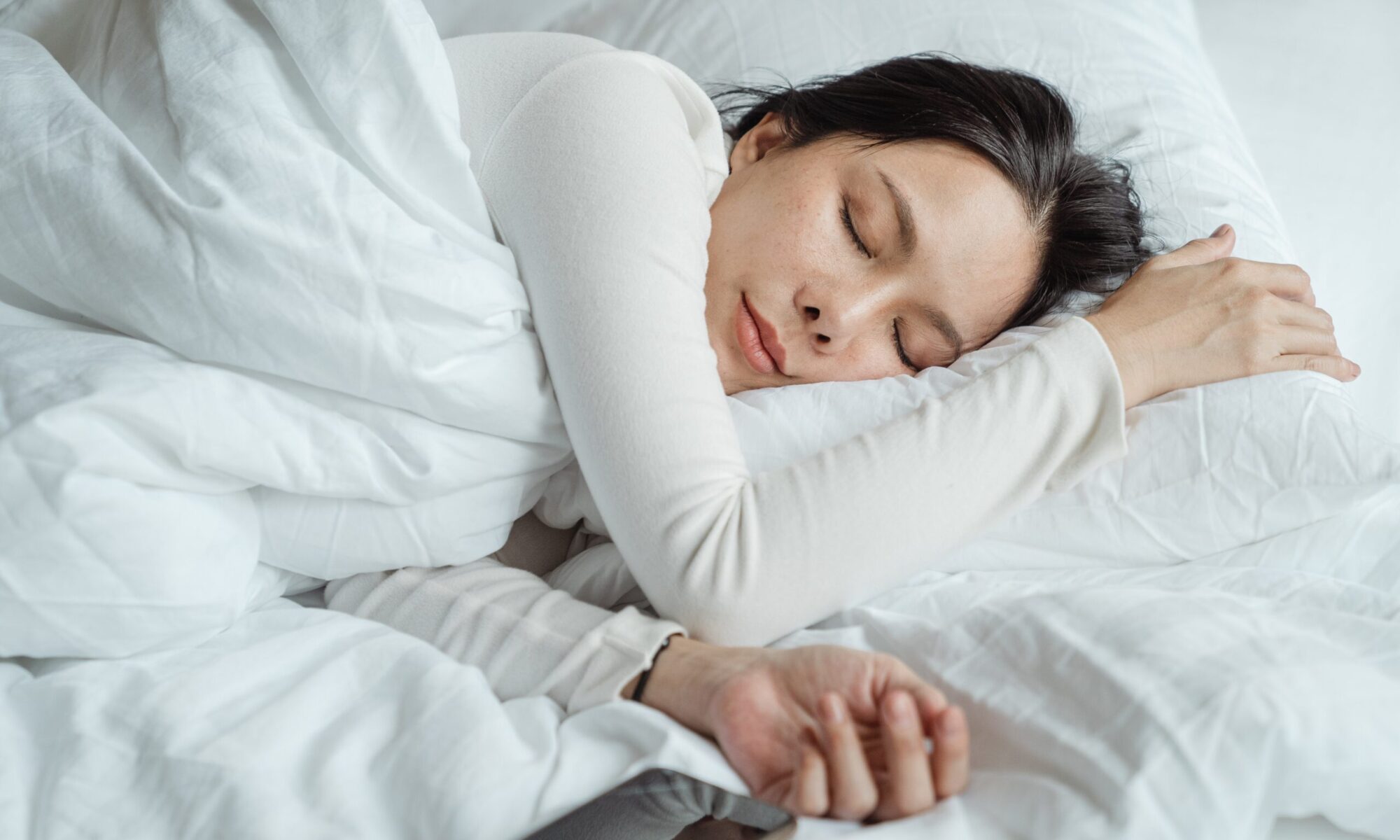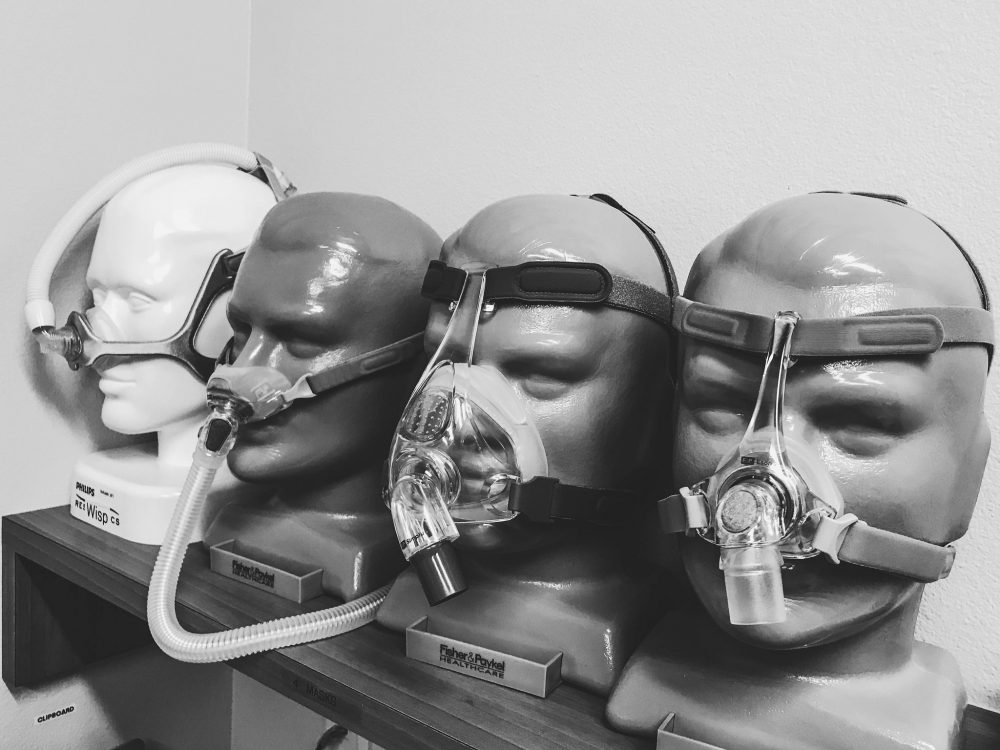MEDICAL TREATMENT ADHERENCE
In medicine, compliance (or adherence) describes the degree to which a patient correctly follows medical advice. This is very important in the treatment or management of obstructive sleep apnea, which represents a potentially fatal disease.
OBSTRUCTIVE SLEEP APNEA (OSA)
It is estimated that at least 25% of adults age 30-70 years have some form of sleep disordered breathing. While this reflects various levels of the disease, clearly there is need to assess the impact on the individual and society that this disease has.
The epidemic is associated with increased morbidity, mortality and a decrease in quality of life and is caused by a partial or complete airway obstruction (or loss).
When this obstruction occurs, you may snore loudly or make choking noises as you try to breathe. Your brain and body become oxygen deprived and you may wake up. This may happen a few times a night, or in more severe cases, several hundred times a night.
Frequently, such a temporary pause in breathing is caused by the tissue in the back of the throat collapsing as the muscles of the upper airway relax when you fall asleep. When sleeping on your back, gravity can cause the tongue to fall back.
This narrows the airway, which reduces the amount of air that can reach your lungs. The narrowed airway causes snoring by making the tissue in back of the throat vibrate as you breathe due to air pressure changes which results in snoring.
Snoring may occur in the absence of OSA yet equally – OSA may not always be associated with snoring.
CPAP
Continuous positive airway pressure (CPAP) therapy is a frontline therapy for obstructive sleep apnea. CPAP therapy maintains an open airway during the night by providing a constant stream of air through a mask that you wear while asleep.
This acts as a “pneumatic stent” to maintain the airway open.
The air is delivered through either a mask or nasal pillows which rest over your nostrils. A tube or hose connects this to a pump which sits on the bedside table and provides air at a pressure adequate to keep that individual’s airway open.
This eliminates the breathing pauses caused by OSA, snoring or the choking noises in your sleep. You will be able to sleep through the night without your body waking up from a lack of oxygen.
CPAP saves lives and if indicated is an ideal treatment approach for the management of OSA, but alas less than half those for whom it is prescribed still wear it adequately long-term. Management of OSA is life-long and therefore a short-term fix is inadequate.
ORAL APPLIANCE THERAPY
Oral Appliance Therapy (OAT) is, as the name suggests an oral appliance (OA) worn in the mouth. Such an appliance may be made to manage OSA by holding the lower jaw in a position, preventing it from falling back and closing the airway.
This occurs, by managing the position relative to the upper jaw. It is also known as a MAD or mandibular advancement device for that reason. Just like the chosen air pressure determines an individual’s success with CPAP, the position of the lower jaw determines the success of an OA and it can therefore be considered a “mechanical’ rather than a “pneumatic” stent.

OBSTRUCTIVE SLEEP APNEA (OSA)
Despite the estimate of at least 25% of adults age 30-70 years with some form of sleep apnea, in British Columbia, Canada, most patients suspected of OSA are referred straight to a commercial CPAP provider, despite CPAP therapy’s notoriously low adherence or compliance rates. Why would this be?
Oral appliances versus CPAP?
Oral appliances (OAs) are effective in managing primary snoring in adult patients without OSA. Patients prefer OAs for long-term snoring management.
If snoring is present without OSA, which it often is, it is my opinion that the provision of CPAP is unnecessary “over-treatment” yet the practice goes on, and on.
OAs are superior to CPAP in improving sleep quality among bed partners because quite simply, it is less invasive. Quieter and less of an encumbrance, cleaning and maintenance is easier and while an OA is almost unnoticeable, CPAP which is very apparent, is not.
The American Academy of Sleep Medicine notes that CPAP improves minimum oxygen saturation only slightly more than OAs in adult patients with OSA and near equivalence to CPAP in reducing blood pressure.
Proper follow up with adequate success assessment would show this if performed – alas “blinkered thinking” often prevents alternatives even being considered, let alone being provided.
The American Academy of Sleep Medicine notes that OAs are equivalent to CPAP in reducing subjective daytime sleepiness in adult patients with OSA and are similar to CPAP for improving quality of life (QoL), yet again OAs are often not even considered by the prescribing clinician.
The satisfaction with oral appliances is better overall than with CPAP in adult patients with OSA. This is only to be expected given the less invasive nature of OAT over CPAP
CONSIDERATIONS
Studies indicate that Important health outcomes may be similar after 1 month of optimal MAD and CPAP treatment in patients with moderate-severe OSA.
Results may be explained by greater efficacy of CPAP being offset by inferior compliance relative to MAD, resulting in similar effectiveness.
This begs the question – why the obsession with CPAP despite the Canadian Thoracic Societies Guidelines comment, “Oral appliances are an appropriate first-line therapy for patients with mild-moderate OSAHS (Obstructive Sleep Apnea/Hypopnea Syndrome)”?
Findings now strongly challenge current practice parameters that recommend that MAD treatment should only be considered in mild to moderate levels of OSA.
Clinical practice experience reflects that while mild to moderate levels of OSA are those better suited to OAs, severe should not necessarily automatically be excluded.
The problem is that presently that CPAP can always be made to work, simply by increasing the pressure until the airway is held open – this pressure, along with claustrophobia, inconvenience, air leaks, etc. may prevent those who need the therapy from persisting.
Oral appliances, on the other hand work as well as CPAP only a third of the time, work adequately another third of the time, yet don’t work adequately about a third of the time – and we don’t know to which third a particular individual will belong.
We do have some predictive tests available, but these are not universally available as yet. There are still outstanding issues as to testing too.
Presently it is illegal for a dentist to test for, or diagnose OSA as the disease is considered to be “owned” by the medical profession, although there appears some infighting as to which medical discipline actually “owns” the often-lucrative testing.
I am not suggesting that a disease should be “fair game” to anyone, just that a system to better screen, diagnose, educate and manage an epidemic might be a good starting point in disease management.
Clearly to test and manage the disease is clearly a conflict of interest when management is available and accepted by non-professional commercial concerns in British Columbia.
Family physician’s. many of whom have had limited exposure to sleep medicine, usually “farm out” management to these commercial concerns and many do not follow up on what may be the management of an otherwise fatal disease simply because “time and remuneration” are not an incentive.
Funding for the medical system in British Columbia is, as in the rest of Canada and indeed the world; being cut back.
In B.C. neither CPAP nor O.As are available to patients for the treatment of this potentially fatal disease and while many people have third party coverage for this therapy, statistically more don’t.
One wonders how and why funding for medical therapies and treatment are made and managed?
CONCLUSIONS
There is more than one management modality both for OSA and snoring. Although CPAP and OAT are not the only options, they are the most practical for most people afflicted with these forms of sleep disordered breathing.
CPAP and OAT should be considered as both have pros and cons. The decision as to which approach is to be taken must be between the patient and their professional (and qualified) advisor.
The decision may require the involvement of both doctors and dentists with adequate expertise in this area.
A view of the “bigger picture” must always be kept in mind, as the success of management as regards patient adherence is a crucial consideration.
Long-term follow up is crucial in any long-term disease.
CLICK BELOW TO RECEIVE YOUR FREE “BETTER SLEEP” GUIDE
Good sleep is crucial to good health and longevity
Dr. Stephen Bray 2020


